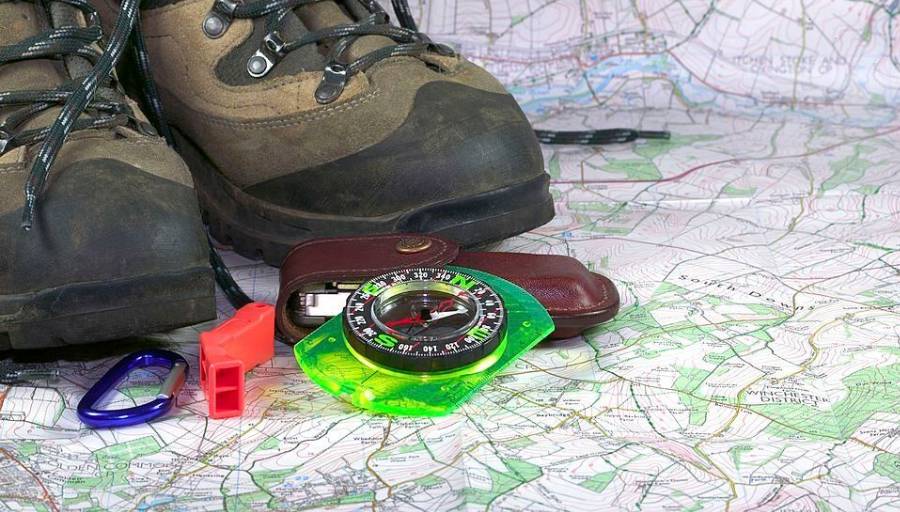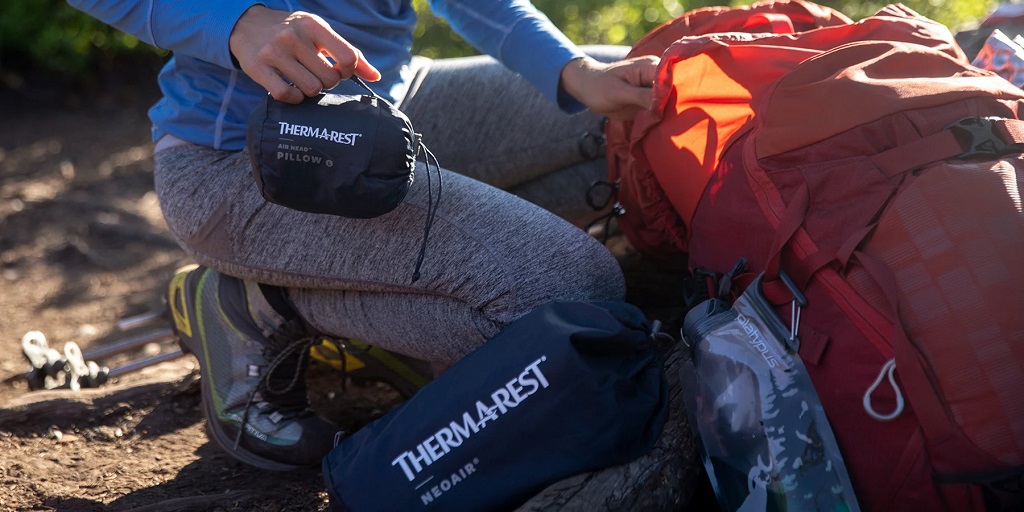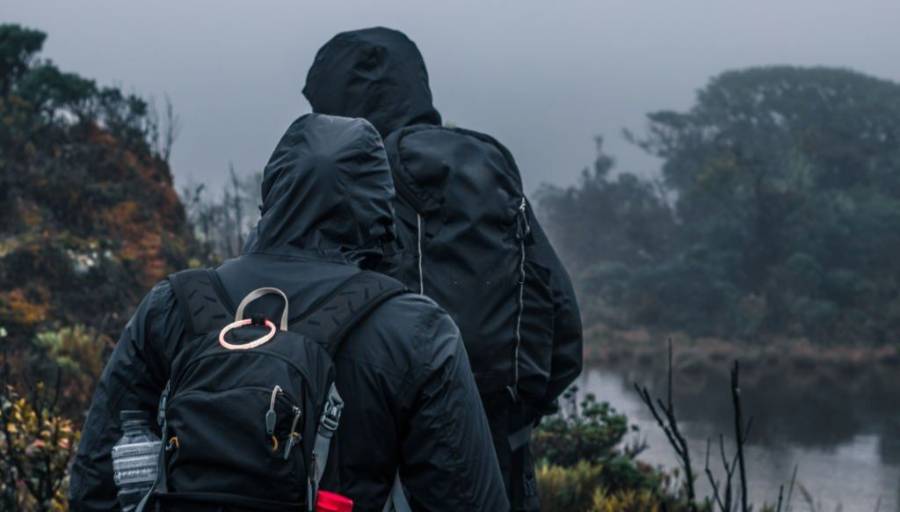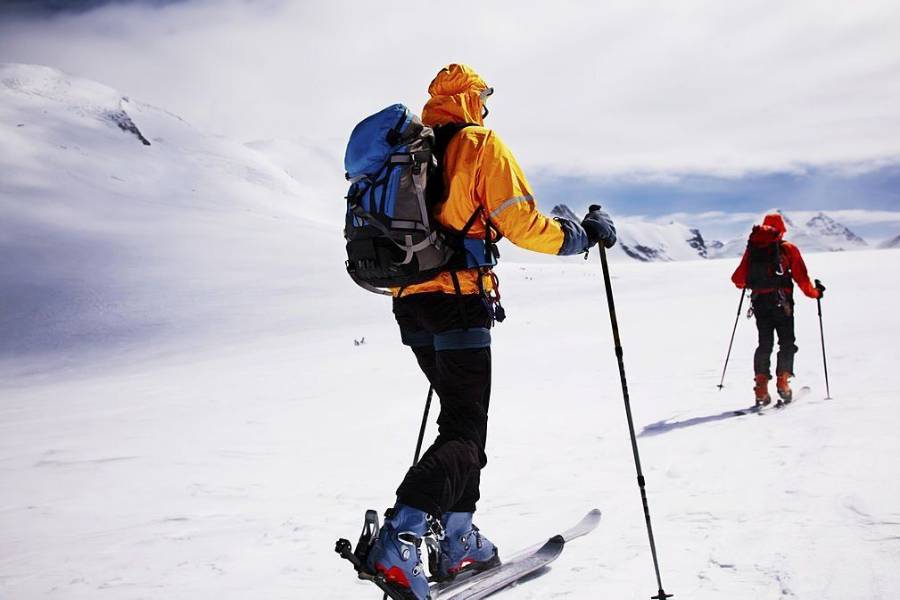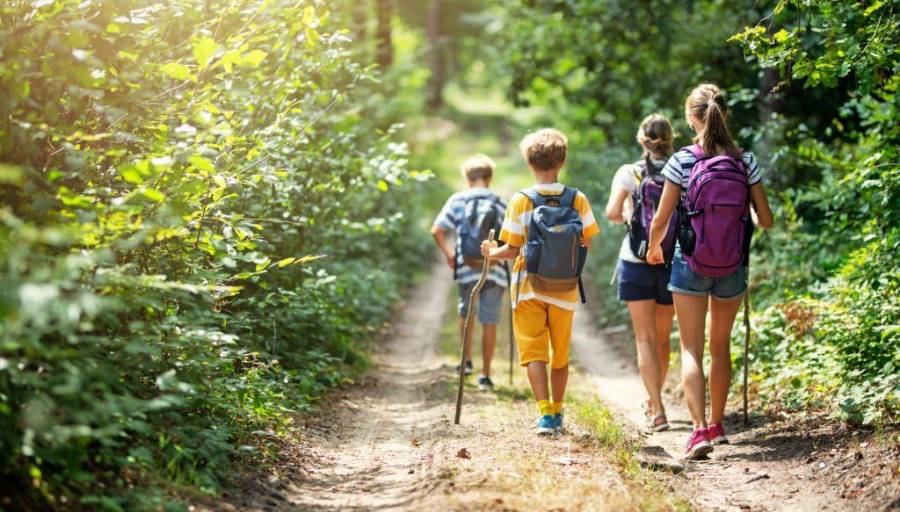Hiking in the Spring and What You Need
After spending the long winter months cozied up by the fireplace, the arrival of spring beckons you to venture back into nature. Hiking is the ideal activity for walking the trails in the forest or watching the awakening of marmots in the mountains. To make the most of your spring outings, it is important to have the right equipment.
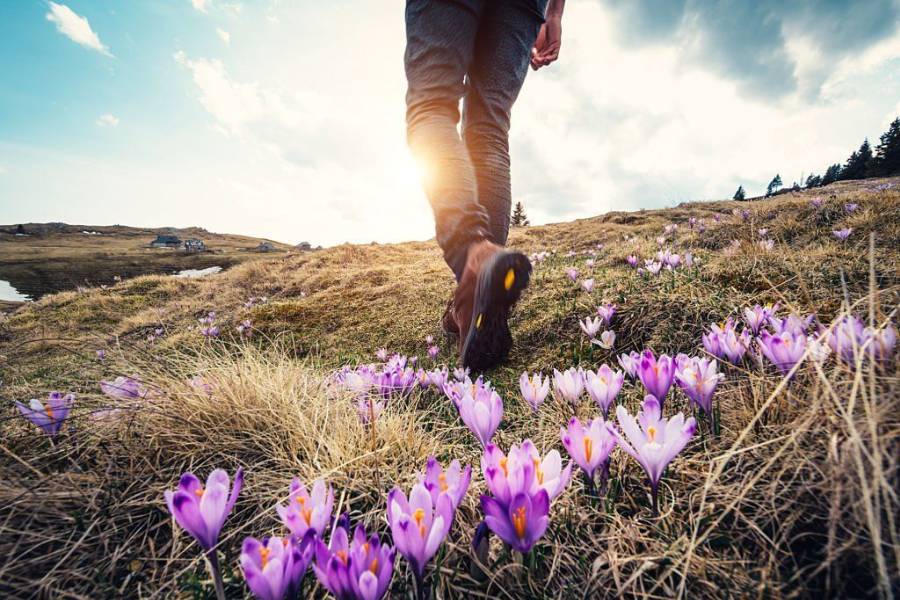
In this guide, we will share advice on how to prepare for spring hiking and highlight the essential gear you’ll need to fully enjoy the beauty of the season.
10 Essential Tips for an Enjoyable and Prepared Adventure
Here are 10 tips to enhance your spring hiking adventure:
- Check Trail Conditions: Spring weather can be unpredictable, and trails may still be covered in snow or muddy. Check trail conditions beforehand to ensure they are safe and accessible.
- Dress in Layers: Spring temperatures can vary throughout the day. Dress in layers so you can adjust your clothing as needed. Start with a moisture-wicking base layer, add insulation, and finish with a waterproof and windproof outer layer.
- Footwear: Wear waterproof and breathable hiking boots to keep your feet dry in case of wet or muddy trails. Consider gaiters to prevent water and debris from entering your boots.
- Bring a Map and Compass: Spring foliage can obscure trail markers. Bring a map and compass (and know how to use them) or a GPS device to avoid getting lost.
- Sun Protection: Even in spring, the sun can be strong. Use sunscreen, wear sunglasses, and bring a wide-brimmed hat to protect yourself from UV rays.
- Insect Protection: Spring is when insects become more active. Use insect repellent to ward off ticks and mosquitoes. Consider wearing long sleeves and pants to minimize exposure.
- Hydration: Stay hydrated, especially if the weather is warm. Carry enough water, and consider using a hydration pack for convenience.
- Pack Essentials: Bring a backpack with essentials such as a first aid kit, snacks, a multi-tool, a flashlight, and extra layers. In spring, it’s crucial to be prepared for unexpected changes in weather.
- Respect Wildlife: Spring is a time when many animals are caring for their young. Keep a safe distance from wildlife, and avoid disturbing nesting areas.
- Check for Trail Closures: Some trails may be closed during spring to protect wildlife or for maintenance. Check for any trail closures before heading out.
5 Pieces of Gear for Hiking in the Spring
Without further talking, let’s see what you essentially need for hiking in the spring…
1. Shoes are Essential Equipment for Hiking
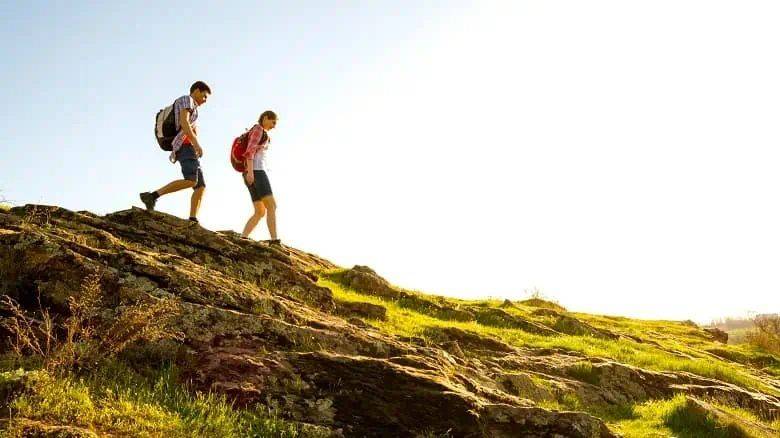
Hiking in the spring is particularly demanding on your feet, especially because of the terrain that can vary dramatically on the same day. Snow in a combe, mud in the countryside, wet branches in the forest, stones wet with dew… so many traps on which the uninformed hiker can slip!
It is therefore necessary to have a good hiking shoe with a grippy sole. For the good of your ankles, it is advisable to move towards models with high uppers, which protect you much better. Low shoes, trail type, are better suited to outings in the middle of summer.
2. Fleece is the Accessory Not to be Forgotten
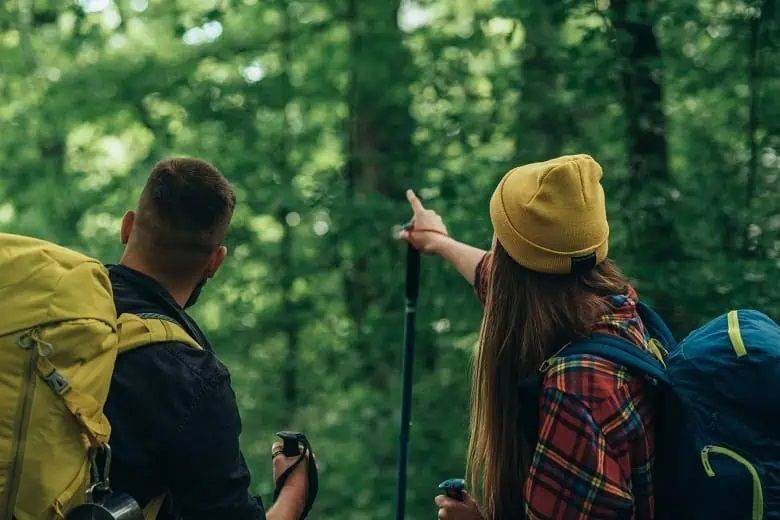
During a beautiful spring afternoon, the temperature climbs rapidly in full sun… Then a cloud arrives, and we lose several degrees in a few minutes! Generally, women are more far-sighted and always carry a women’s fleece jacket in their backpack to put on as soon as the cold hits. Gentlemen, we know you’re not afraid of the cold, but you’ll have everything to gain by doing the same.
- Read Also: How To Choose a Down Jacket
3. Hiking pants are More Important Than They Seem

An essential piece of hiker’s equipment, the pants are nevertheless too often neglected. Of course, you can walk around in a tracksuit or even jeans for some, but it’s far from ideal!
Think about it: your legs are the most used part of your body during the hike, and it is therefore your pants that are used the most! Comfort even over long periods of time, protection against the elements, and good ventilation: this is all you need in good hiking pants. And this is true in all seasons!
4. Choose Your Backpack Wisely; A Faithful Companion

Choosing a backpack is more complicated than you think… unless you accept that it is impossible to find a model that does it all! And yes, the needs are not the same for a trek lasting several days, for a winter climb, or a day trip!
Generally, spring hikes are done for the day, or over two days with a night in a lodge or refuge. A 30L backpack is therefore often the preferred option, but those who like to sleep in a tent, or think they need a little more room, shouldn’t hesitate to go for a 40L model.
- Our advice: consider the rain cover, which protects your bag in case of sleet or thunderstorms.
5. Sticks, a Matter of Taste
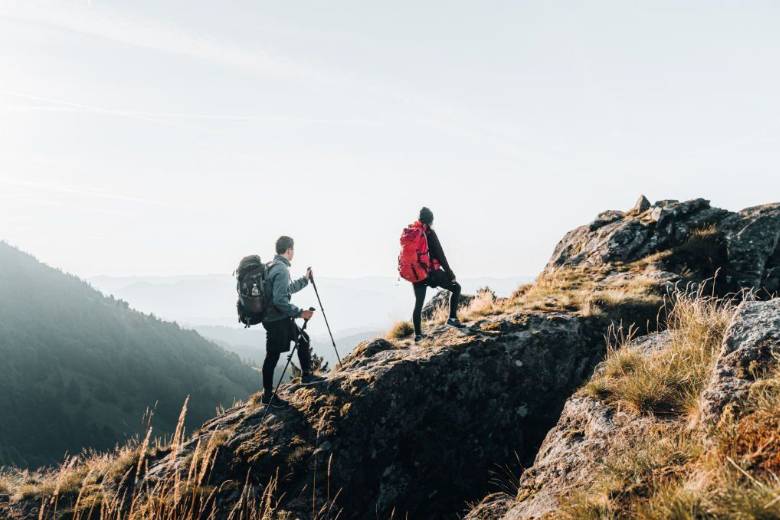
We have to be honest: we are used to Cascade hiking poles. The list of their advantages is long, and their disadvantages are rare… But even the best walking poles have not convinced some die-hards who continue to do without.
Sticks are recommended to avoid fatigue and gain balance but are not part of the “compulsory” equipment. On the other hand, forget the cliché that says that “poles are for tourists and beginners”… On the contrary, they become more and more useful when you leave your comfort zone and try to push back your limits…
Conclusion
Walking in the open air and admiring nature as it resumes its colors after the winter break is probably one of the greatest pleasures of the hiking enthusiast. So that these adventures do not turn into unpleasant memories, good equipment is necessary! You now have your shoes, your fleece, your pants, and your backpack: all you have to do is find a route that suits you.
These Articles May Also Interest You…

